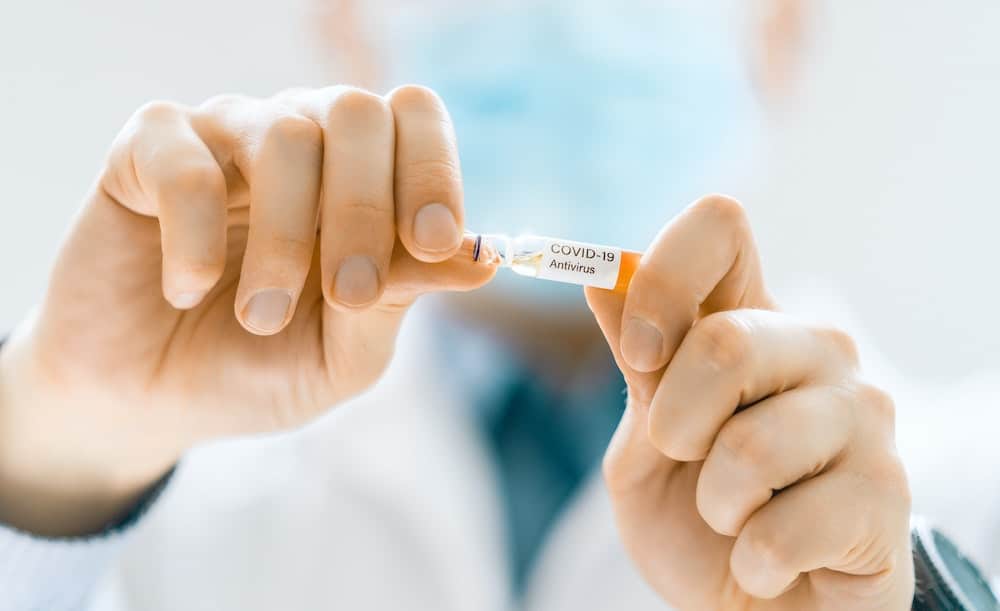Can AI-Driven Crop Disease Identification Systems Prevent Agricultural Losses?

Imagine a world where the plants in your backyard could tell you when they are sick. Or better yet, a system that could identify the disease with pinpoint accuracy before it spreads to decimate an entire crop. Welcome to the future of agriculture, where cutting-edge technology and learning models team up to combat crop diseases. This article unveils how AI-driven crop disease identification systems can help prevent agricultural losses, fundamentally transforming the way farmers interact with their crops.
AI in Agriculture: A Leap Forward
The advent of artificial intelligence (AI) has brought about a revolutionary shift in sectors across the globe, and agriculture is no exception. The application of AI in agriculture, particularly for crop disease detection, can be a game-changer. For farmers, the ability to identify diseases early in their crops can mean the difference between a bountiful harvest or significant financial loss.
In the same genre : How Are Smart Locks and Home Security Systems Evolving with IoT Integration?
In the past, farmers relied on their experience and knowledge to identify crops’ diseases. But as the world faces more complex challenges like climate change, traditional methods are proving to be less effective. This is where AI-based systems step in, offering a new way to combat diseases in crops. These systems use image recognition and deep learning models to diagnose diseases with remarkable accuracy, all by analyzing leaf images.
Deep-Learning Models for Crop Disease Detection
Deep learning models are a subset of AI that simulate the way our brains work, enabling machines to learn from experience. By using a large amount of data, these models can learn to identify patterns and make predictions with astounding accuracy. When it comes to crop disease detection, these models use images of the plants’ leaves to identify signs of disease.
In the same genre : What Innovations Are Enhancing the Portability and Efficiency of Solar Chargers?
This process begins with a technique known as image classification. The deep learning model is trained using thousands of leaf images, some healthy and some diseased. The model learns to recognize patterns in the images, associating certain features with specific diseases. Once trained, the model can examine a new leaf image and predict whether it shows signs of disease and, if so, which one.
The strength of this system doesn’t solely lie in its accuracy. Its real power is in its ability to analyze thousands of leaf images in mere seconds, a feat no human can match. This speed and accuracy mean that diseases can be detected and treated much quicker, potentially saving entire crops from devastation.
Google’s AI-Powered Plant Disease Detection System
A prominent example of this innovative technology is Google’s AI-powered plant disease detection system. Google’s scholar team developed a model based on deep learning that could identify a variety of diseases in a range of plants. The system was trained using a vast database of leaf images, allowing it to accurately diagnose disease in new images.
This is not just a lab-based experiment; it has real-world applications. Google’s system has been tested in farmers’ fields, where it accurately identified diseases in a variety of crops. The system even goes a step further, providing treatment recommendations based on the diagnosed disease. This significantly assists the farmers in swiftly addressing the issue, avoiding significant yield losses.
The Future of AI-Based Crop Disease Detection
The possibilities for AI-based crop disease detection are vast and promising. As these systems continue to evolve, they will become even more accurate and efficient, providing an invaluable tool for farmers all over the world.
In addition to disease detection, AI has the potential to predict disease outbreaks before they occur. By analyzing historical disease data and weather patterns, AI could provide farmers with a warning system, allowing them to take preventive measures and protect their crops.
While there still are challenges to overcome, the future of AI in agriculture looks bright. It’s not just about identifying and treating diseases; it’s about fundamentally changing the way farmers interact with their crops. With AI, farmers are no longer just reacting to problems; they are proactively managing their fields, backed by a powerful technology that learns and adapts. This shift could lead to healthier crops, higher yields, and more sustainable farming practices.
Final Thoughts
While AI-driven crop disease identification systems aren’t going to single-handedly solve all agricultural problems, they are a big step in the right direction. The blend of technology and agriculture promises a future where farmers are better equipped to protect their crops, making our food supply more secure and sustainable.
AI’s impact on agriculture is profound, and its potential is even greater. As technology continues to evolve, farmers will have an even more powerful tool at their disposal. As we continue to cultivate this revolutionary technology, the future of farming looks smarter, more efficient, and more sustainable.
The world of agriculture is ripe for a revolution, and AI is leading the charge. So, next time you bite into a crunchy apple or savor a juicy tomato, remember that it may have been brought to you, courtesy of artificial intelligence.
The Role of Computer Vision in Crop Disease Detection
One of the key components that have revolutionized the effectiveness of AI in agriculture is computer vision. At its core, computer vision is a field of study which aims to enable computers to understand and interpret the visual world. In the context of crop disease detection, it has become an invaluable tool, empowering AI systems to accurately identify diseases by processing and analyzing leaf images.
The process begins with a farmer taking a photo of a potentially diseased leaf, which would be fed into the AI system. The system, using computer vision, separates different aspects of the image for analysis. Each leaf image is then processed through a convolutional neural network, a subtype of deep learning used primarily for image analysis.
A convolutional neural network is particularly adept at identifying patterns within images – in this case, patterns that indicate disease. The network sifts the image through multiple layers of processing, each aiming to isolate and identify specific features related to disease. The network then compares these features with its database, drawing from thousands of diseased and healthy leaf images. This comparison allows the network to classify the leaf as either healthy or diseased, and if diseased, identify the type of disease.
This process, while undeniably complex, happens in real time. This level of speed and accuracy, combined with the ability to analyze multiple images simultaneously, provides a significant advantage over traditional methods of disease detection.
AI’s Contribution to Disease Classification and Prediction
AI-driven systems don’t just stop at disease detection; they also assist in disease classification and prediction. By analyzing the leaf images, the AI can classify the type of disease affecting the plant. This is accomplished by comparing the leaf image with the vast databases that the AI system has been trained on.
These databases house thousands of images depicting various plant diseases, which the AI uses as a reference. When a new image is fed into the system, it compares the image to the ones in its database and makes a classification decision based on the similarities or differences it identifies. The result is a highly accurate disease classification, which can help farmers take appropriate action in a timely manner.
But AI doesn’t stop there. Some systems are even capable of predicting disease outbreaks before they occur. By analyzing historical data on disease outbreaks and weather patterns, the AI can identify patterns and trends that may signify an impending outbreak. This predictive capability can provide farmers with an early warning, giving them the opportunity to implement preventive measures before the disease can take hold.
Conclusion: AI- The Future of Agriculture
In conclusion, artificial intelligence is fundamentally reshaping the way we approach agriculture. From disease detection and classification to outbreak prediction, AI offers innovative solutions to age-old challenges in the farming sector. By leveraging technologies such as deep learning and computer vision, AI systems are capable of accurate, real-time disease identification and classification.
The advent of AI in agriculture is not without its challenges. Like any other technology, AI-based systems have their limitations and are subject to errors. But as these systems continue to evolve, they are becoming more reliable, accurate, and efficient. The potential benefits they offer far outweigh the drawbacks.
AI’s role in agriculture extends beyond merely mitigating crop losses; it paves the way for a more sustainable and efficient farming future. It empowers farmers to proactively manage their crops and make informed decisions based on data-driven insights. With AI, farmers are no longer just reacting to problems; they are predicting, preventing, and overcoming them.
As we stand on the brink of this farming revolution led by artificial intelligence, the future of agriculture looks promising. With AI at our side, we can hope for healthier crops, higher yields, and a more sustainable future for farming. And as the technology continues to evolve, who knows what other doors of possibility it will open? The sky is the limit.
